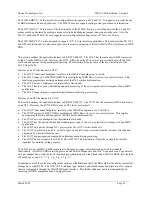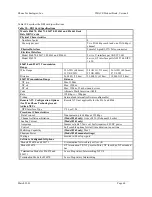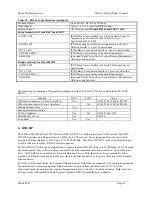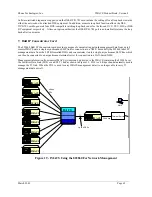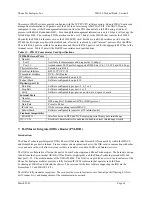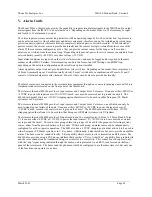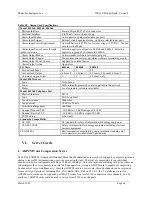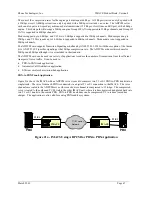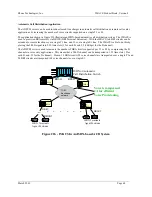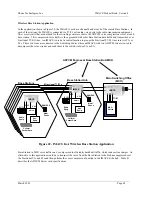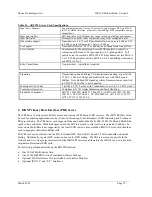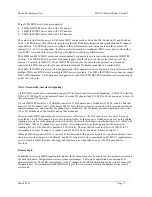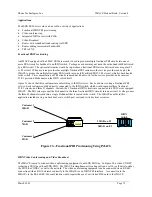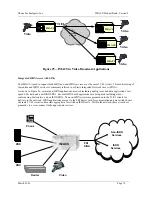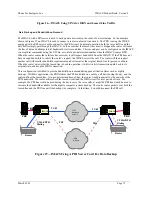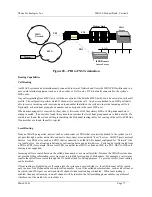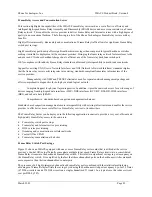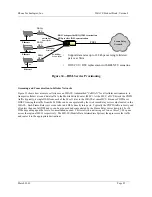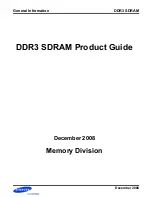
Zhone Technologies, Inc.
IMACS Product Book, Version 4
March 2001
Page 73
CODEC
PBX
PRI
IMACS
ISDN
Provider
PRI
Figure 24—Video Conferencing System and PBX Sharing A PRI Line
By grooming the PBX and CODEC PRI circuits onto a single, outbound PRI facility, the IMACS utilizes Dynamic
Bandwidth Allocation (DBA). The PBX would seize B-channels on a call-by-call basis, utilizing one B-channel for
every call. The Video Codec would request a pre-determined number of B-channels. For example, if a 384K call
was required, the Video CODEC requests a single 384K circuit, which would consume six of the B-channels. If the
ISDN service supports 384K calls, or Multi-Rate services, and the bandwidth is available, the ISDN server card will
connect the Video CODEC to proper time slots. If the bandwidth is not available, the IMACS rejects the call. If
384K-bonded service is not supported by the ISDN service, the IMACS must be equipped with an Inverse
Multiplexer (IMUX) server card. The IMUX server card is capable of bonding or aggregating multiple 64K circuits
into a single larger capacity circuit.
Inbound calls would be handled in a similar manner. All inbound calls would be screened by the IMACS’ PRI
Server card. Calls destined for the PBX would be routed to the PBX, and calls destined for the Video Conference
Unit would be routed there. If the video Codec was in use, the IMACS will inform the ISDN service that the unit
was in a busy condition.
A unique feature of the PRI Server card is its ability to combine multiple ISDN circuits to form a Video Broadcast.
This feature is very useful for distance learning applications where a central site broadcasts video to multiple remote
locations. In this application, an IMACS equipped with a PRI server card takes a video source and makes a two-
way connection with the first remote IMACS video-conference site as shown in Figure 25. Once that connection is
established, the host IMACS calls up to a total of 32 additional remote video-conference sites and distributes the
same outbound video feed to all of those sites. These additional sites are in a view-only mode and do not distribute
video back to the central site. The loss of one or more of the remote sites will not affect the broadcast to the other
sites. This application can be upgraded to allow two-way audio to each of the sites though the use of analog voice
cards.
Summary of Contents for IMACS Network Device
Page 1: ...IMACS Product Book...

